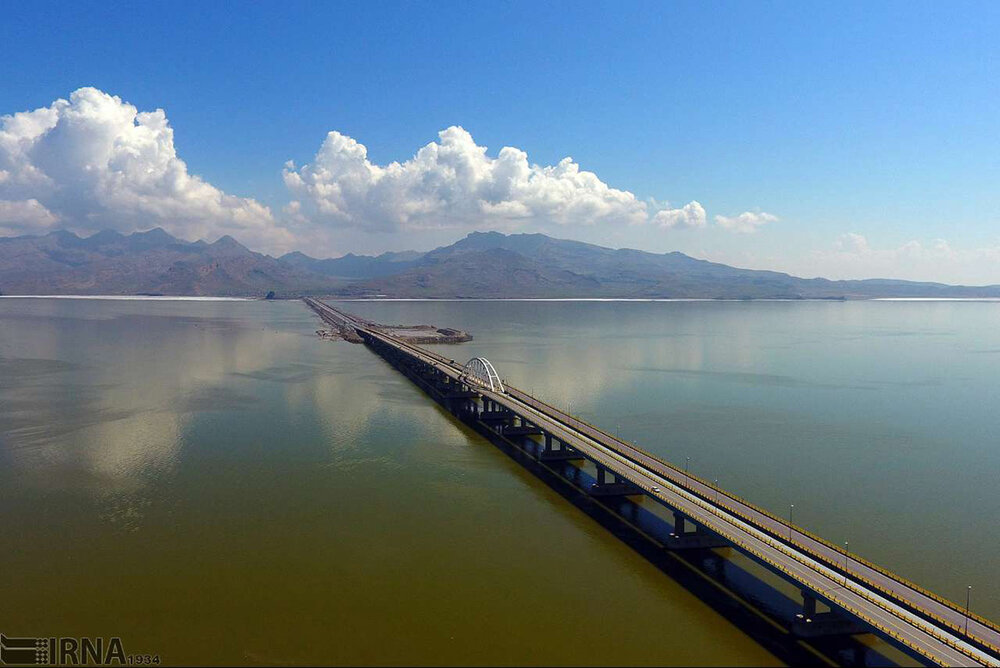‘Consistent supply of water to Lake Urmia only way to save it’

TEHRAN — Consistent supply of water to Lake Urmia is the only solution to save the lake, head of the provincial department for the Lake Urmia restoration program in West Azarbaijan province has said.
Shared between West Azarbaijan and East Azarbaijan provinces in northwestern Iran, Lake Urmia, was once the largest salt-water lake in the Middle East. It was a home to many migratory and indigenous animals including flamingos, pelicans, egrets and ducks and attracted hundreds of tourists every year who had bathed in the water to take advantage of the therapeutic properties of the lake.
However, decades of long-standing drought spells and elevated hot summer temperatures that speed up evaporation as well as increased water demands in agriculture sector shrank the lake drastically. In 1999 the volume of water which was at 30 billion cubic meters drastically decreased to half a billion cubic meters in 2013. Moreover, the lake surface area of 5,000 square kilometers in 1997 shrunk to one tenth of that to 500 square kilometers in 2013.
The sharp rise in precipitations rates in the area has raised hopes for total restoration of the once glorious Lake Urmia.
However, Farhad Sarkhosh explained, while increased rainfalls has risen lake’s water level temperature rise and elevated evaporation rates in summer it is not so far-fetched to believe that water level may drop again in the lake.
The lake’s water right should be provided all year round so that it can be saved from drainage, ISNA news agency quoted Sarkhosh as saying on Monday.
Kiumars Daneshjoo, CEO of West Azarbaijan regional water company said in mid-May that owing to the substantial precipitations received in the lake catchment area since the beginning of the current year (March 21) some 1.5 billion cubic meters of water has been released to the lake and now the volume of water at “the turquoise solitaire of Azarbaijan” has increased by almost 3 billion cubic meters compared to the same period last year. Additionally water is now covering some 3,200 square kilometers of the lakebed, he added.
MQ/MG
Leave a Comment